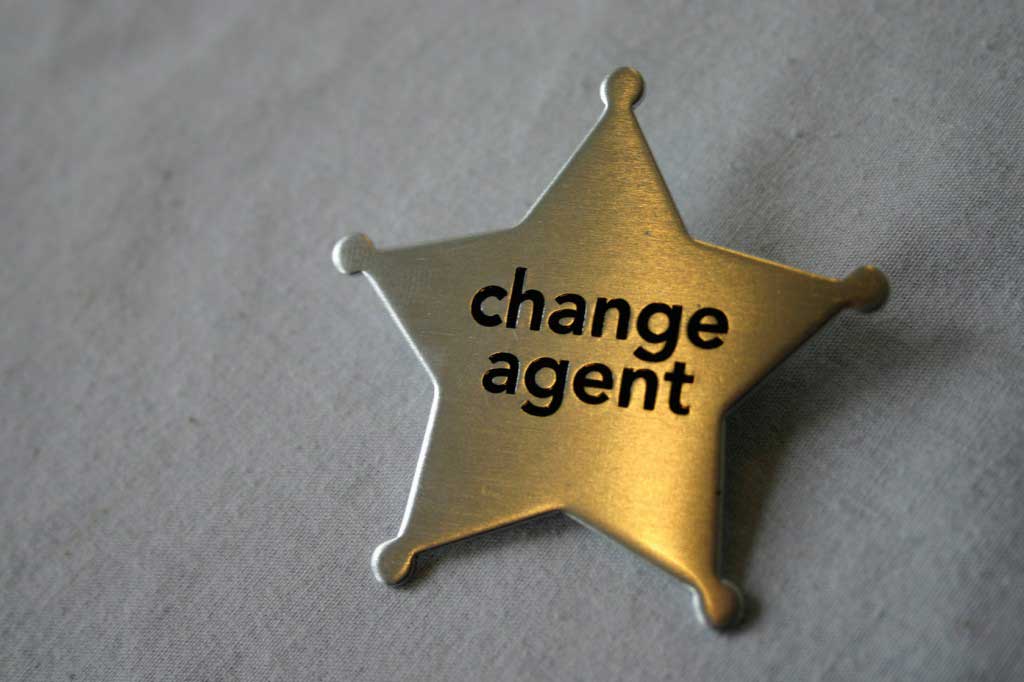 I want to preface all I’m going to say by telling you that Richard and I have worked – and continue to work – with some really great leaders and managers. They “get it.” They are forward-thinking, and they have vision and care for their people and donors.
I want to preface all I’m going to say by telling you that Richard and I have worked – and continue to work – with some really great leaders and managers. They “get it.” They are forward-thinking, and they have vision and care for their people and donors.
That being said, there’s really no way to sugarcoat this: there are too many non-profit fundraising leaders who just don’t value good non-profit management. I don’t think it’s because they are bad people or they wouldn’t like good management. I think they are good people and they would love great management – but they just don’t DO it.
The problem in the non-profit sector is that so much value has been placed on “fulfilling the mission” (i.e. getting the work done now to change the world) that leaders actually believe there is not enough time and resources left to “do the management thing.”
If you think about it, almost every non-profit was born from someone touched by a tremendous need. Whether it was to help starving people, save a rainforest on fire, or help a rural area with healthcare – there was a need and a passionate person(s) who wanted to fix it.
That energy is great. Unfortunately, as a non-profit grows and the entire non-profit sector in general expands, good non-profit management is not a priority.
But today it has to be.
Why? Because if we don’t get this turned around, “the need” will not actually be met, good staff will be continually run over, and our donors’ passions and interests – and their desire to change the world through your work – will not be fulfilled.
At Veritus we see this played out daily with an organization’s mid and major gifts programs. There is a lack of investing in, strategizing about and managing “pipeline development.”
We are in contact daily with major gift officers who have not been sufficiently trained and resourced, do not even know who they really report to, and have a lack of overall direction. Couple this with a donor database with donor value attrition rates well over 60% year over year.
Let me make this clear. There are two things we see relating to major gifts here:
- Lack of training and management of major gifts programs and major gift fundraisers
- Lack of “pipeline development” of mid-level donors to help grow and feed the major gift program.
The result of this lack of management means that donors are not sufficiently cultivated and stewarded, and relationship building doesn’t happen. Over time, donors who are passionate about the organization’s mission – and have so much more potential – simply go away, and their potential is never realized.
Additionally, the turnover of development staff (especially in major gifts) continues to be tremendous.
This type of non-profit management environment creates a “cycle of damage” for everyone and everything involved: donors, staff, and even the ability to meet the need… all of it becomes damaged.
This is not easy to repair, but we believe it can be turned around. Leaders have to own it and then implement a change in the culture that holds up good non-profit management as a value. Here’s what we think this looks like:
- The mission of every non-profit organization includes staff, donors and the need that is being addressed. All are of equal importance and treated equally.
- Budget, time and energy are allocated proportionally to create an effective “donor pipeline management” system that encompasses new donor acquisition all the way through planned giving.
- Resources are spent on staff training to help develop skill levels.
- Every staff person has a manager whose job it is to develop him or her as an employee and technician of their craft.
- If the budget needs to be cut, one of the last areas is development. There is no “20% cut across the board.” This undercuts growth and downplays the importance of donor relationship building.
Richard and I know that if non-profit leaders focus on developing people (donors and staff), more revenue and more impact will be the result. We know it’s not a simple thing to change. But you have no choice if you actually want to fulfill the mission that was the reason your organization started in the first place.
Take care of the people… and the people will take care of you.
Jeff
P.S. – If you want to start on the path toward effective management, click here to request a free consultation.






0 Comments